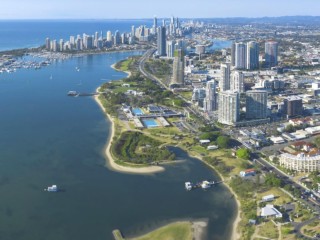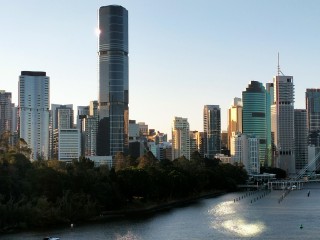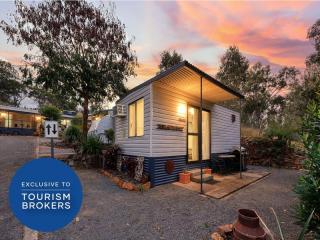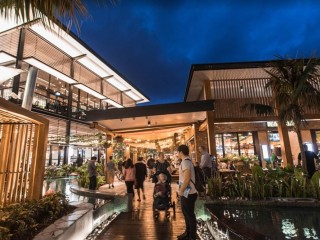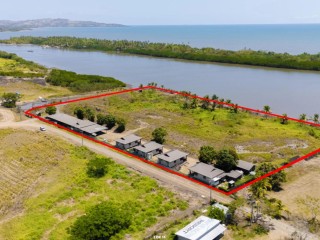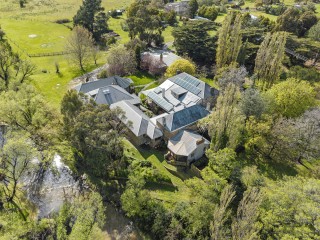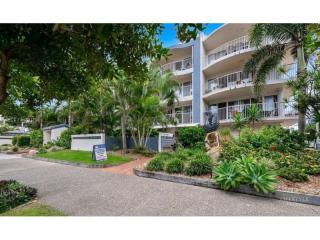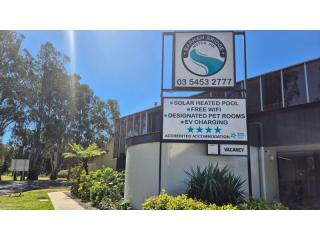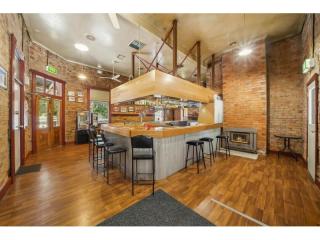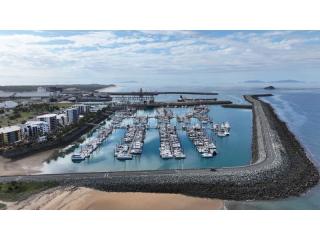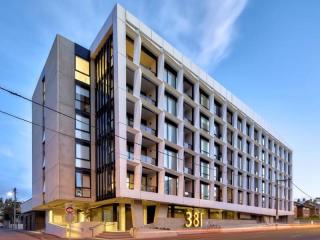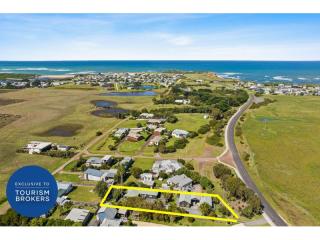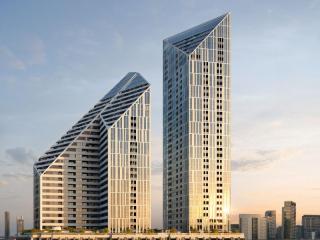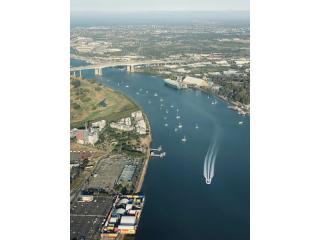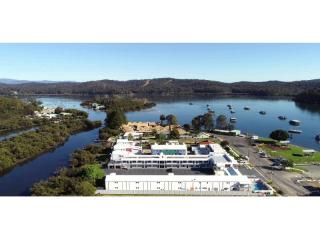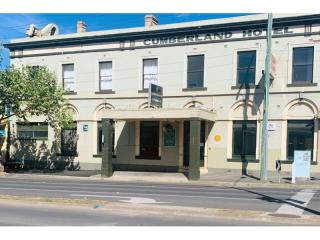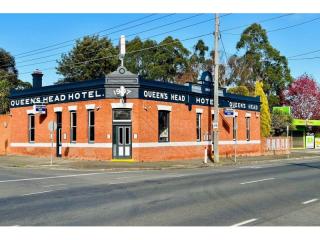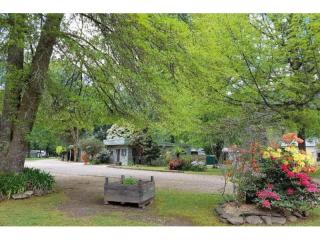There is probably no other business in the world like Management and Letting Rights
It’s a business, which has proven to work over decades that gives the right to a manager to perform the role of an onsite caretaker and to operate an on-site letting business – renting out units within the complex on behalf of non-resident owners.
These could be holiday apartments, rented out every night, or long-term properties rented out for years.
The Management and Letting Rights (MLR) industry generates $55 billion for the Australian economy annually and that number is only rising as more Australians embrace high-density living options in both the long-stay residential and short-stay tourism accommodation sectors.
The average worth of each MLR business in Australia is $1.5 million but typically they produce an average income of around $300,000.
How do Management Rights operators make an income?
Resident managers typically earn an income from a body corporate to maintain apartment and townhouse complexes, and they earn a commission for each property that they rent out.
Included in the purchase price of most management rights business is a manager’s residence within the complex. With “skin in the game”, the resident manager therefore has an obvious interest in the building’s presentation and overall street appeal as it influences the ability to market the property, and the value of the manager’s investment.
How much risk is involved?
The MLR business is a resilient industry and probably the lowest risk business to any financier.
Around 38,000 people stay in resident managed accommodation in Australia daily, and there is a thriving industry underpinning everything from the upkeep of properties to guest satisfaction.
Why is it a good business model?
The rewards can be great considering the person who buys a Management Rights business is not burdened with carrying stock debtors, or perishables such as food, and there is a body corporate salary coming in every month to maintain the complex through gardening, pool cleaning etc.
Managers are not dealing with anything that's likely to include unsociable behaviour as in a pub or club, and many Management Rights businesses are of such a scale that they can be run by one person or a husband and wife team so they're very attractive as a family business.
That body corporate salary was the lifeblood for many managers who still earned their caretaker’s salary for maintaining properties during COVID when for a time it was illegal to have a holiday in Australia.
The MLR business model is extremely attractive to many investors because of the double income streams it offers, a body corporate salary and the rental commission.
What sort of return can you make on your investment?
Typically, MLR businesses can return 20 to 25 percent net, depending on how much money has been borrowed to fund the business. And there are investment syndicates that promote 14 percent return on investment. It's very unusual for any property to return less than 14 percent and if they do it may only be down to something like a COVID interruption or natural disaster or over-geared banking.
Very few businesses can return 14 percent.
Why are they good businesses in the long-term?
MLR businesses are driven by the basic human need of shelter and at the moment the demand for residential accommodation in Australia is through the roof.
The MLR model is most suited to community title schemes (CTS), which currently house 40 percent of Australians – a number expected to rise to 65 percent by 2050.
With state legislation framed in consultation with ARAMA (The Australian Resident Accommodation Manager's Association) 30 years ago, many Management Rights owners can achieve multiples of six to seven times their annual profit when they sell their business, a figure very few other endeavours can get near.
But prospective managers are wise to remember that no matter the type of property they run they are all commission salespeople so it’s all about bums in beds; converting interest and enquiries for accommodation into sales and doing your best to generate repeat business with good service.
What are the hours like?
Being a resident manager is a 24-hour, seven-day per week commitment.
The caretaking function may be a “do it all” contract or it may involve supervising employees or contractors appointed by the body corporate.
Commonly, the resident manager also monitors, enforces and reports on possible by-law breaches on behalf of the committee.
They are also licensed to act as an onsite letting agent for investor owners.
A few years ago, ARAMA commissioned a report from Deloitte which showed that a resident manager gives more bang for a property’s buck then alternate business models. The report also showed that a resident manager, acting as an onsite letting agent, delivers a better and higher return than an offsite letting agent might otherwise do.
When did Management Rights become an industry?
Management Rights have been operating in one form or another for more than 50 years, developing a successful operating track record to match the growth of the community and strata title industry.
In the 1960s there were still very few top-class international hotels on the Gold Coast, but strata title apartments were growing like mushrooms. They were developed on a much more low-cost basis than other properties, with many of the developers selling all the apartments off the plan before they even started construction.
Management rights were sold to investors giving them the business of looking after the apartment complexes and leasing out the accommodation.
Thirty-one years ago at a Town Hall meeting at Billy's Beach House at Surfers Paradise, lawyers, real estate developers, financiers, tourism operators and holiday accommodation managers got together to form a not for profit association to stop unfair laws casting a pall over the Sunshine State’s thriving MLR industry.
QRAMA was incorporated as an association on 20 May 1992 and it became ARAMA in 2007 to reflect membership from around Australia.
The Australian model of management rights that has developed from humble beginnings has been embraced, tried and tested internationally.
ARAMA’S CEO Trevor Rawnsley says what started out as an improved service delivery model for holiday makers on the Gold Coast has now blossomed to include long-term residential tenancy accommodation in schemes right across Australia and in many other parts of the world.

